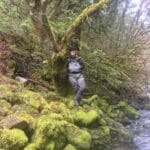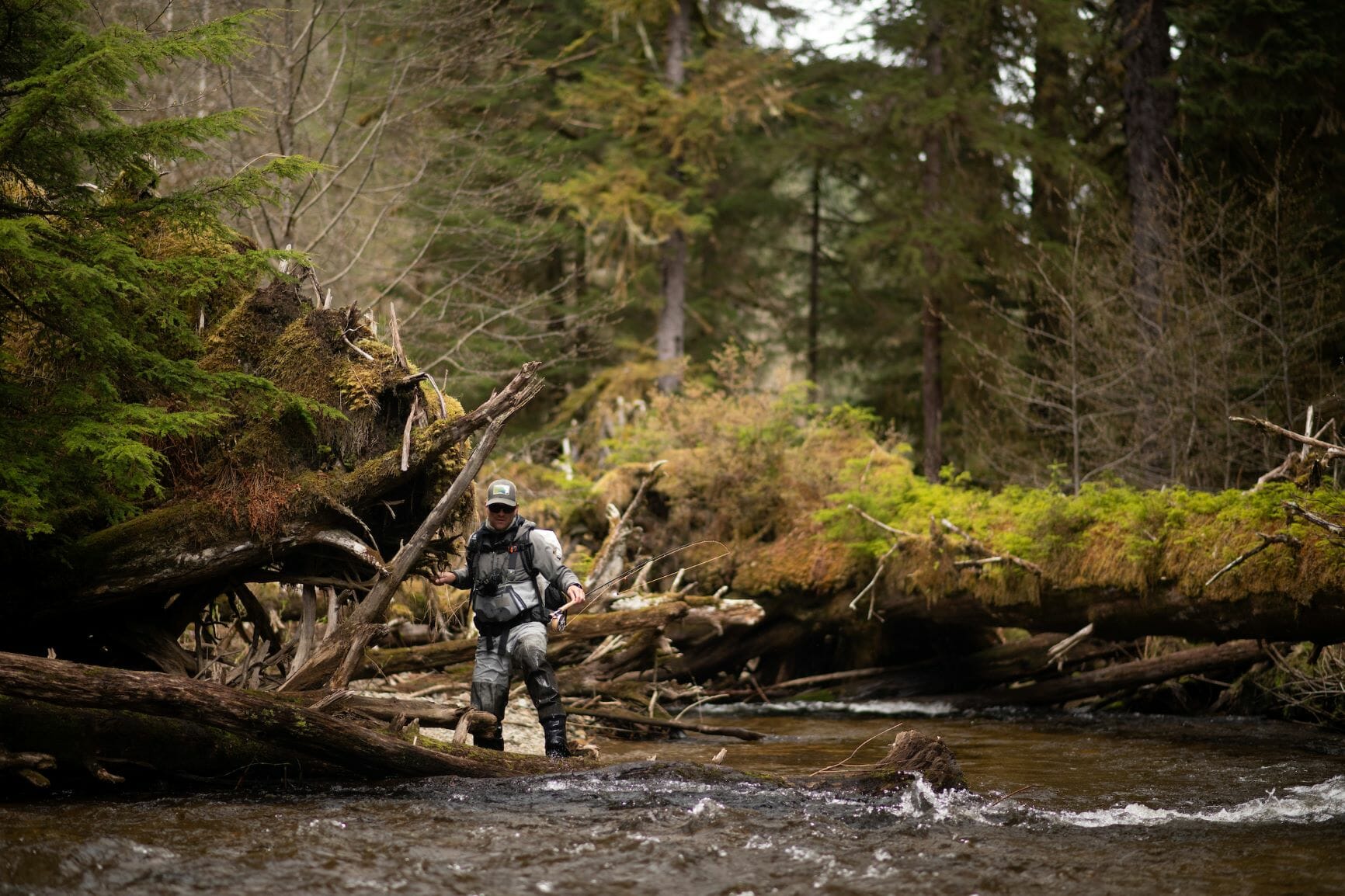Header photo by Josh Duplechian
The Forest Service is reconsidering the national Roadless Rule on America’s largest national forest here in Southeast Alaska, the Tongass. The Tongass is America’s salmon forest and one of the few places in the world where wild salmon and trout still thrive.
Changing or removing the Roadless Rule would have big implications for both the health of the forest and its trout and salmon. It would also hit pocketbooks as American taxpayers. As we anticipate an opportunity for the public to weigh in on this decision, we wanted to lay out some facts about why the rule matters, and what’s at stake.
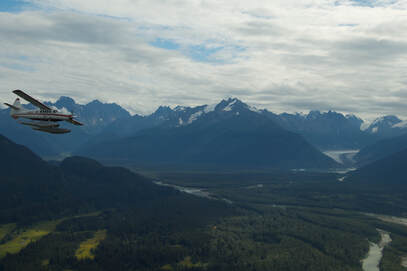
What is the Roadles Rule? The rule, created almost 20 years ago, keeps wild landscapes intact by prohibiting commercial logging and logging roads in undeveloped areas. In doing so, it saves taxpayers money and it preserves drinking water, fish and wildlife habitat and recreation areas.
But it’s not really roadless. The rule was set up in a reasonable way. This means people seeking to do mineral exploration, personal use logging, or develop a renewable energy project can request an exemption to the rule. This has happened 58 times in the Tongass, and the Forest Service has granted 100 percent of those requests, all within a matter of weeks.
How’d it come about? Through a lot of compromise and public input. More than 1.6 million Americans weighed in to create the rule with 95 percent of them supporting it.
We don’t need more roads. There are already more than 5,000 miles of permanent logging roads crisscrossing the Tongass that give timber harvesters access to a great deal of timber. Existing roads have created a massive backlog of needed maintenance that adds to the millions taxpayers spend each year subsidizing logging on the Tongass. Many logging roads also don’t meet standards set to protect fish, and need updates. It does not make sense to ask taxpayers to fund new roads, especially in a place like the Tongass where new road building is very expensive. And it definitely does not make sense in places within the forest that have been identified as most important for fish and wildlife, like in the Tongass 77.
The timber industry says different. As management of the Tongass has smartly moved toward more sustainable industries like fishing and tourism, logging simply no longer plays a major role in the economy of Southeast. In fact, it currently creates less than 1 percent of jobs in the region. The truth is, when the Tongass is logged nowadays, timber companies increasingly send the logs overseas and skip the whole “local mill jobs” step altogether. Still, U.S. taxpayers subsidize what’s left of the “industry” massively, spending approximately $26 million each year while yielding just $1.3 million in return.
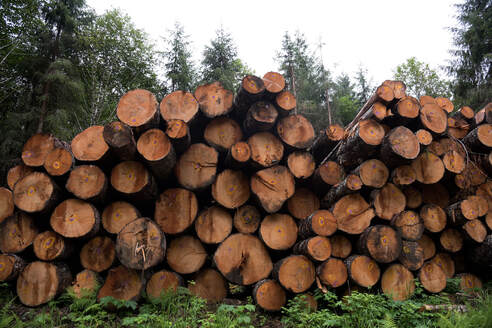
Tongass trees are worth more standing. Aside from being a wild salmon-producing powerhouse and drawing tourists from around the world, Tongass trees buffer the impacts of climate change by storing significant amounts of pollutants.
Roads are bad for fish. The Forest Service has surveyed 3,687 road crossings on fish streams and found that a third of them don’t allow fish to pass at all their life stages. Roads also result in erosion which can smother eggs and juvenile fish. Moreover, adding roads in key areas on the forest such as Tongass 77 or TNC/Audubon areas, which are proven to be most important for fish and wildlife, would be especially detrimental for the economy and future of the Forest.
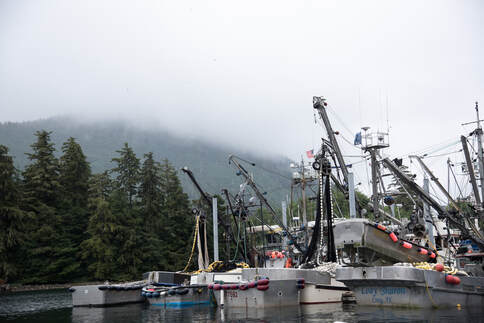
An intact forest fuels the economy of Southeast. Southeast Alaska’s industries are driven by fishing and tourism. More than 1 million out-of-state visitors come to the Tongass each year. They don’t come to see a post-logging stump wasteland. They come to fish and hunt, and for green, mountainous hillsides jutting straight up from the Pacific in one of the world’s few remaining temperate rainforests. The fishing and tourism industries make up more than 25 percent of all jobs in the region.
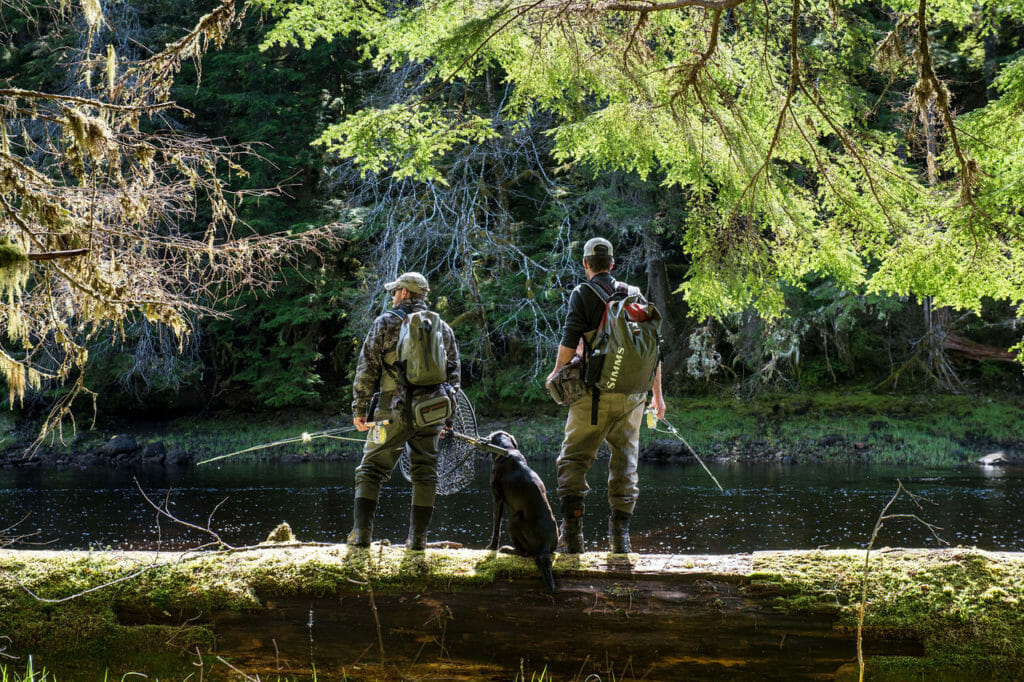
That means when we conserve fish and wildlife habitat by keeping key areas of the Tongass road-free, we also protect our economy and way of life.
Check back soon. Once the comment period for the Tongass Roadless Rule begins, we hope you’ll join us in telling the Forest Service not to roll back Roadless Rule protections on the Tongass, and to ensure important fish and wildlife areas like the Tongass 77 are protected.


